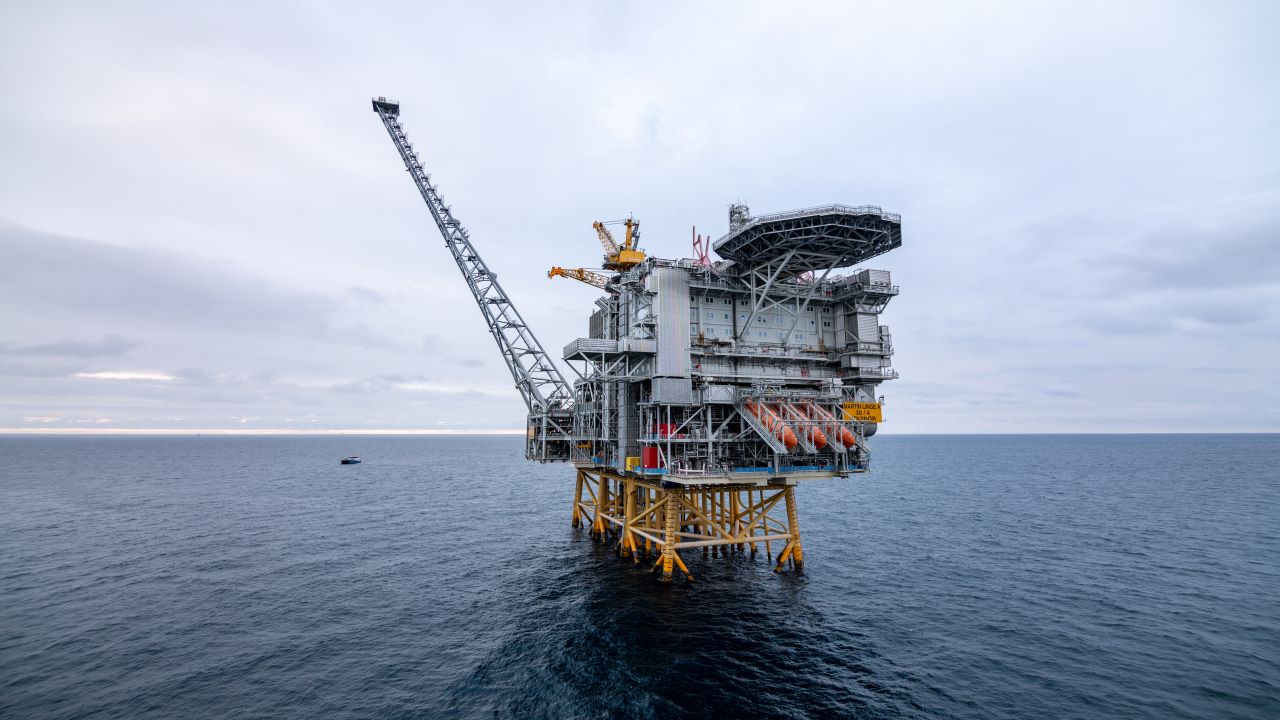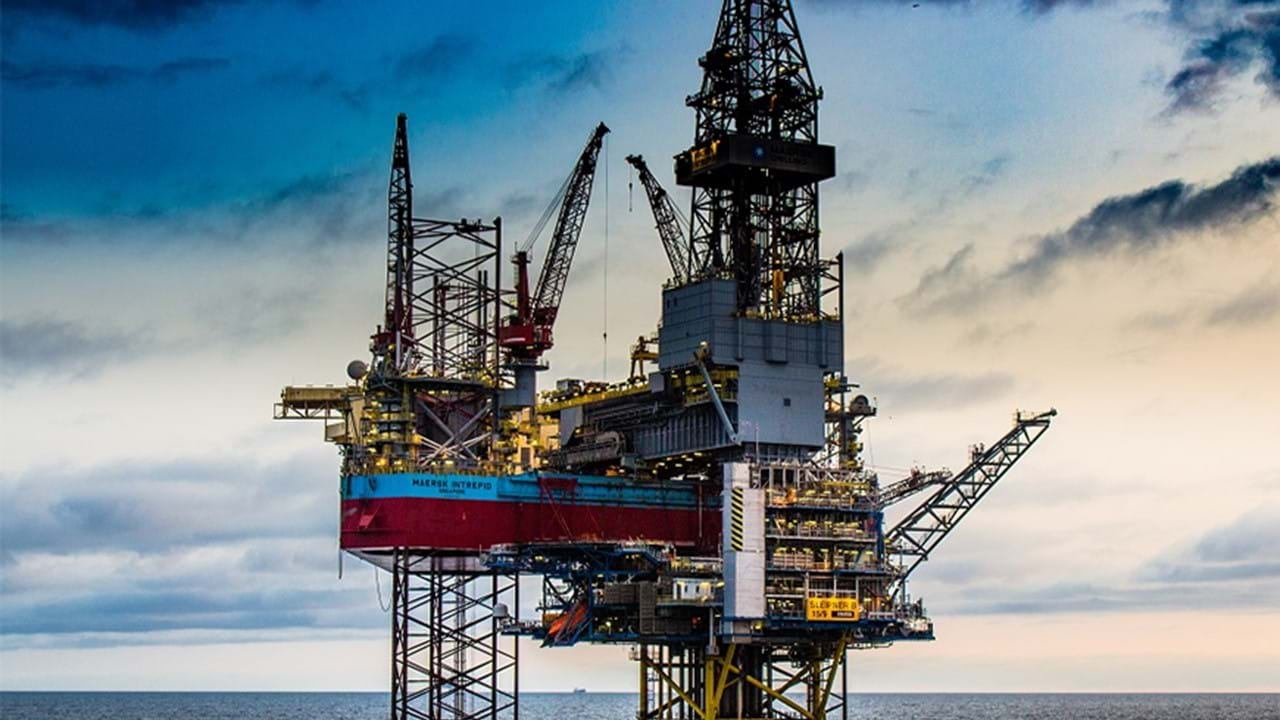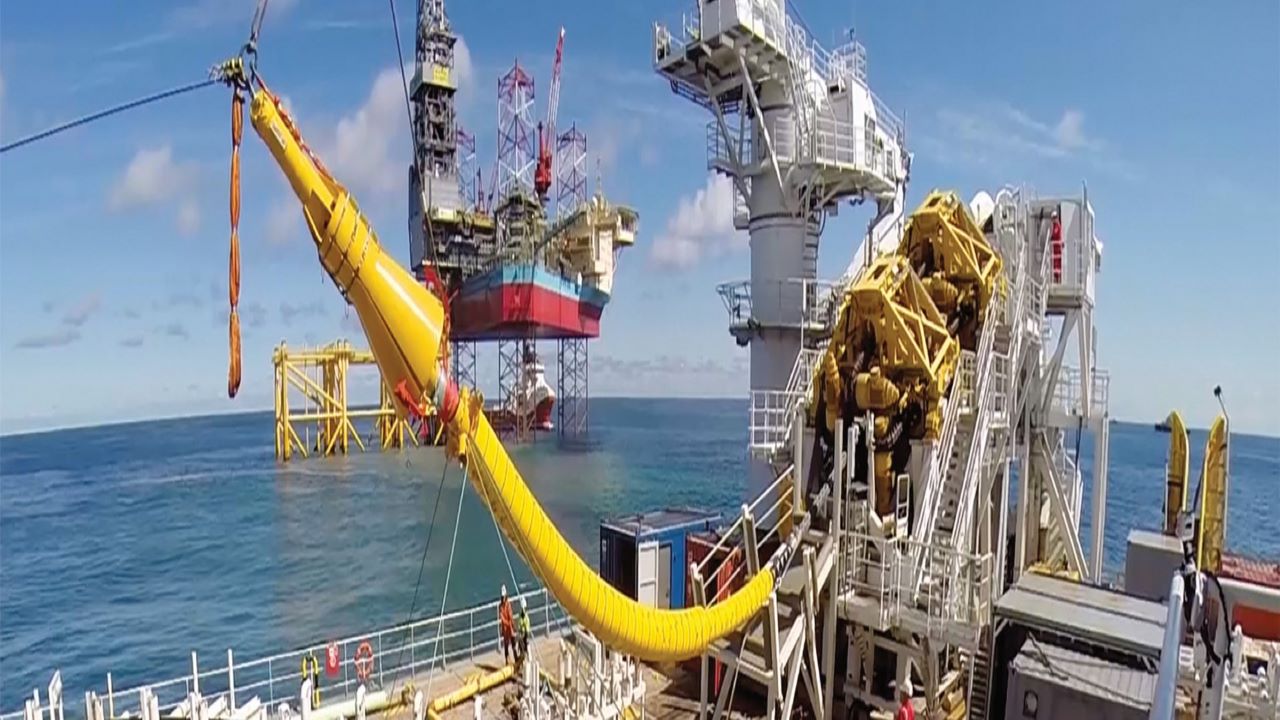The Martin Linge field, previously known as Hild, is an oil and gas field under development on the Norwegian continental shelf in the North Sea. It is being developed by a partnership between Norway-based petroleum companies Equinor (70%) and Petoro (30%).
The field is located near the border of the UK continental shelf at a depth of approximately 115m. It is estimated to contain reserves of 256 million barrels of oil equivalent. Originally scheduled to start production in 2016, the field is expected to come on stream in 2021.
Martin Linge reservoir details
The Martin Linge field hosts three reservoirs in Middle Jurassic sandstones in the Brent Group at a depth of 3,700m to 4,400m, with the main reservoir located at a depth of 1,750m. The main reservoir is a structurally complex sandstone formation containing gas and condensate at high pressure and high temperature.
Oil is also present in the Frigg oil reservoir, an Eocene age viscous, thin oil accumulation overlain by a small gas cap.
Martin Linge discovery and development
Oil and gas was first discovered at the Martin Linge field in 1978. The plan for development and operations (PDO) was submitted in January 2012 and approved by the Norwegian parliament in June 2012. The platform jacket was installed in 2014 and the four topside modules for the production platform were installed in July 2018.
The field development was previously undertaken by a partnership between Total E&P Norge (Total) (49%), Petoro (30%) and Statoil (now Equinor, 21%), with Total as the operator. Equinor became the operator of the field after acquiring Total’s 51% equity stake in the field for $1.45bn in March 2018.
The oil and gas production system at the field comprises a jacket-based integrated wellhead, production and accommodation platform, including the permanently anchored Hanne Knutsen oil storage vessel. Another well will be developed at the field, with drilling works expected to begin in September 2021. The drilling works will be performed by Maersk Intrepid, an ultra-harsh environment CJ70 jack-up rig.
Oil and gas transport infrastructure at the Martin Linge project
The rich gas produced at the Martin Linge field will be transported via a new pipeline connecting the field to the existing Frigg UK pipeline (FUKA), through to the Shell-Esso Gas and Liquid (SEGAL) terminal at St Fergus in Aberdeenshire, Scotland. Oil and condensate will be processed on the Hanne Knutsen storage vessel and exported via shuttle tankers from the floating, storage and offloading unit (FSO).
Onshore power supply for the Martin Linge project
The power required for operations at the Martin Linge field is supplied by an onshore substation at Kollsnes via a 163km-long 145kV three-core XLPE high-voltage alternating-current (HVAC) submarine cable system, and fibre optic links with a 55MW power rating. The platform was successfully connected to receive onshore power in December 2018.
A 17.5kV in-field cable system, including a dynamic cable, has also been installed. This cable system is the world’s longest HVAC submarine cable system.
Contractors involved in the Martin Linge project
France-based project management firm TechnipFMC (then Technip) was awarded a contract to undertake the development of the Martin Linge field in December 2012. Australian engineering company WorleyParsons was contracted by Technip for connecting and commissioning the platform in 2014.
The contract for the onshore power supply system was awarded to Danish power cable supplier NKT. This contract involved the design and engineering, manufacturing of cables, dynamic cable delivery and cable-laying, including testing and commissioning.
The conversion of the Hanne Knutsen from a shuttle tanker to an FSO was completed by Norwegian-Japanese shuttle tanker operator Knutsen NYK Offshore Tankers (KNOT). Engineering services for the conversion project were provided by Finnish engineering firm Deltamarin.
As part of the conversion of the Hanne Knutsen, lighting solutions were provided by Norway-based lamp manufacturer Glamox. These included floodlights (FX60) and technical lighting (TX60), as well as interior lighting and searchlights.
Norwegian water company Stauper Offshore received a contract to perform the upgrade of the compact flotation units (CFU) at the field in July 2020. Danish rig operator Maersk Drilling was given a contract extension to drill an additional well at the field in February 2021.





